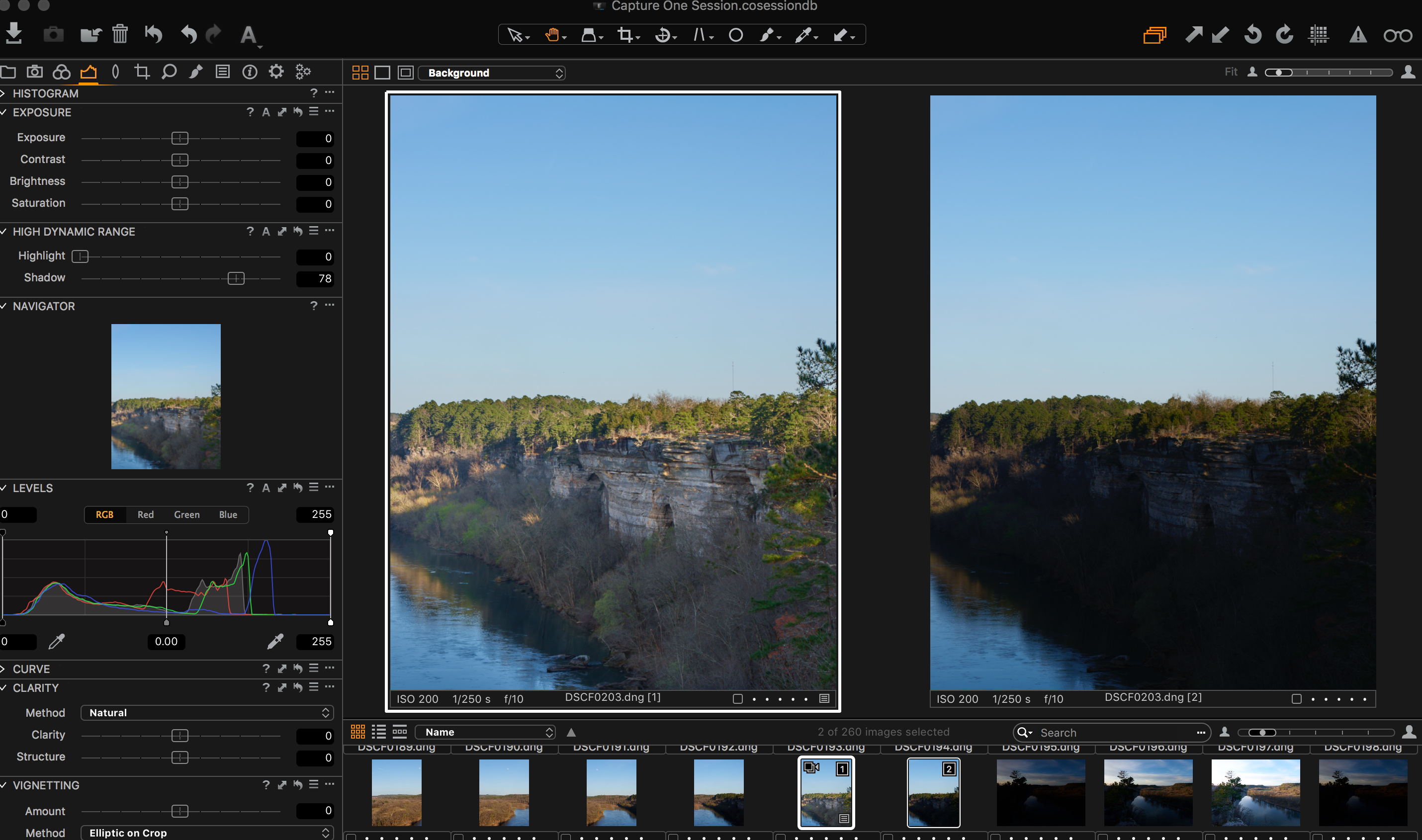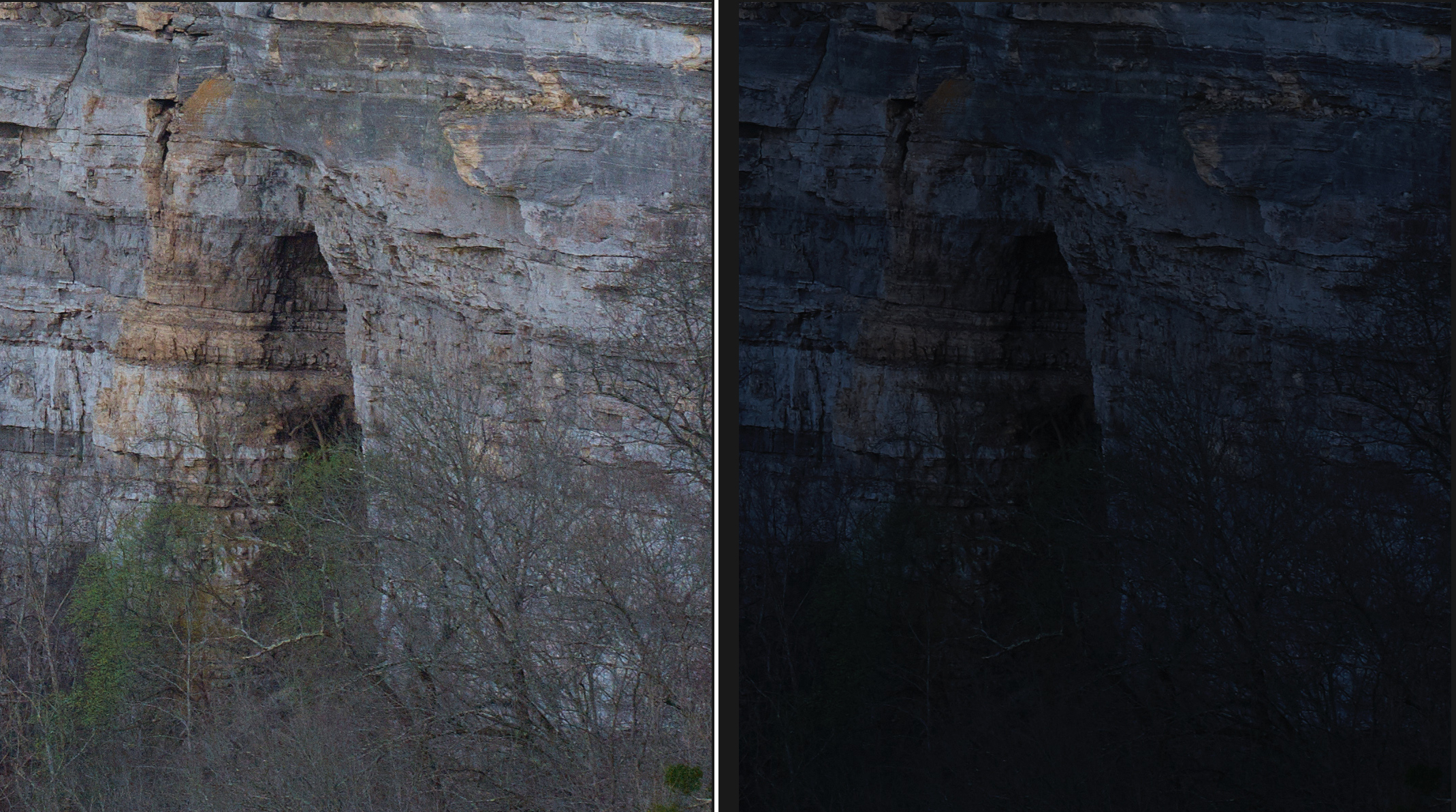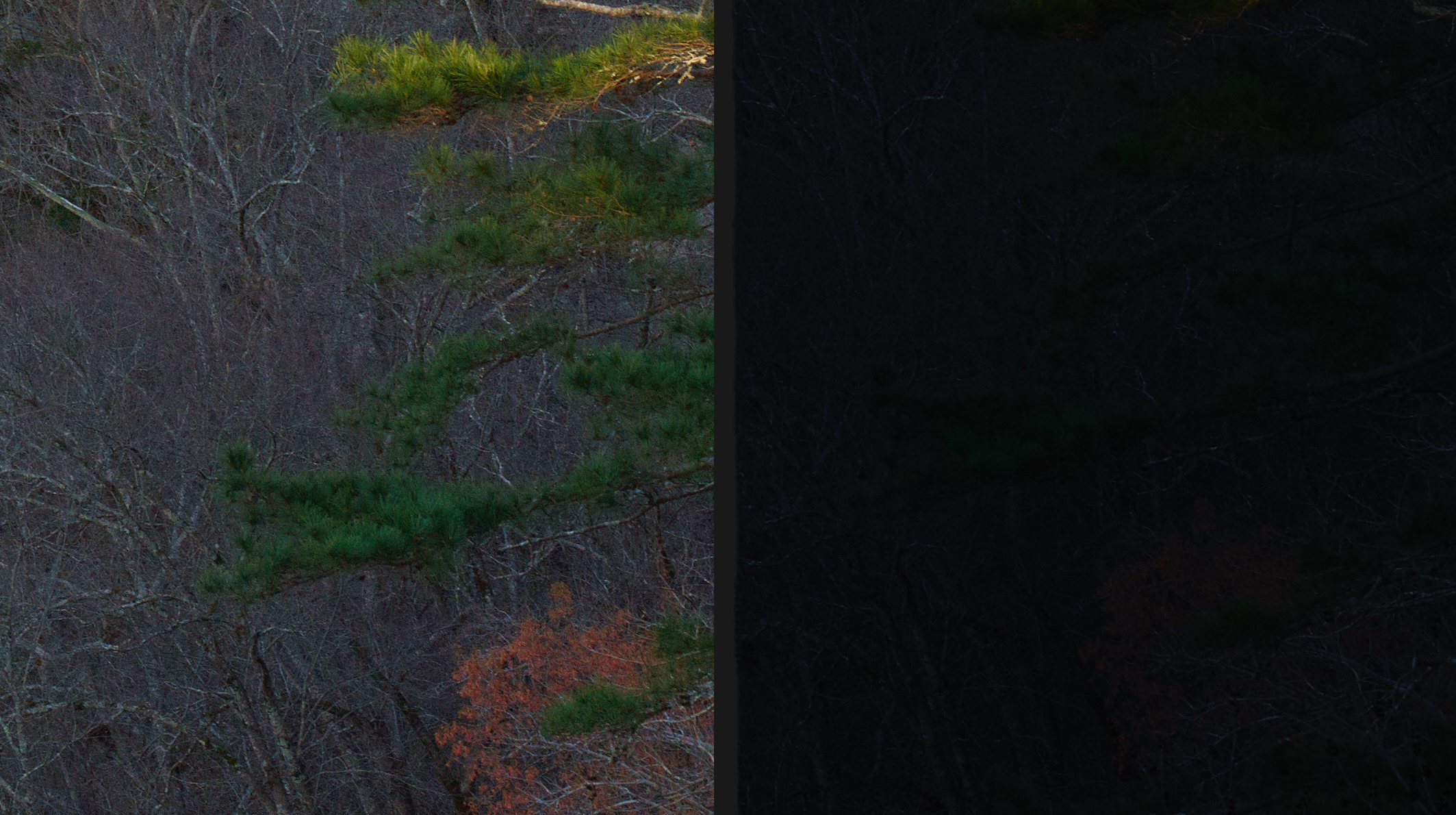It’s interesting to see the opinion of the GFX at Dpreview take such a 180 degree turnaround from their first posting. But if you take their points to task, there is not too much to complain about.
1. Low Light Performance, here Dpreview compares with the Sony
A7RII, which in their own side by side tests, does not hold up
well at ISO’s above 1600. The touted BSI design, did not really
do that much from my testing. I was not impressed with the
A7RII past 800 and in fact was surprised to see that many
times the D810 seemingly outperformed it up to ISO 3200. Also
the A7RII is pretty worthless for any long exposure work unless
you turn on LEN, as it has some of the worst noise I have ever
seen. If you use LEN, then you can’t stack without gapping.
AGAIN, I am sure that Dpreview is using Adobe for their raw
conversion, (I hope that they are testing raw not jpg) and not
using C1. YES, LR/ACR do not favor the GFX currently on high
ISO conversions, considerably more noise.
2. Base ISO Dynamic Range, comparing with the D810 @ ISO 64.
Sure the D810 has a lower range, but from shooting the both
cameras side by side, the shadow push on the GFX is amazing
at ISO 100 and 200. I would say equal to at 64 compared to 100
and the GFX will still perform better at ISO 200 over the D810 @
ISO 200.
3. Shallow DOF, this one surprised me. Not too many MF
photographers on Dpreview? MF has a shallower DOF out the
gate over 35mm, so you don’t need a F 1.2 lens, a F2 lens
should be acceptable. Only time will tell as Fuji has not given
an idea as to when the 110mm will ship. I have shot MF for
years and have spent thousands on tech cameras to allow for
tilt to counter act the inherently shallow DOF of MF film and
sensors.
4. Resolution Canon 5DS-R compared to the GFX. Totally
surprised me, based on my use of the Canon and especially
Dpreview’s own reviews of the 5DS-R. Even at it’s lowest ISO
range, I can’t see the Canon holding the same or better
resolution than the GFX, and past base ISO the noise and
banding will defeat the image quality.
Fuji has some warts with the GFX however.
1. No C1 support, they should have figured out a way to get
C1/P1 to write a Pro version for this camera. Current tethering
support is not that good and as I mentioned LR raw conversion
is not that good for higher ISO images, (could be better).
Fuji continues to push a scaled version of Silkypix. If you want
to make it in the pro world (where this camera will be the
most appreciated since the iPhone and similar devices have
now placated the masses, you have to come out with a better
software interface for your raw (NOT JPG) files.
2. Fuji totally missed the mark by not having all 6 lenses available
at first release. Why? Were they no 100% sure the camera
would be successful? Fuji needs to get the 23mm and 45mm
out now. As to the comments by Dpreview there is no way
Fuji will ever catch up the number of lenses available for 35mm
cameras, period. Moot point. However the lenses that have
shipped optically are stellar, and that can’t be said for many
35mm lenses.
3. MF Clutch on the lenses. Due to the focus by wire design
of Fuji, you really NEED to have a MF clutch on the lens.
Fuji incorporated this on many of their X series primes but so
far none of the GF lenses have this. Since you lose your focus
point (even in MF mode) when you either turn off the camera or
switch to playback mode, it would be nice to have a clutch that
over-rides this just like the X series primes.
Paul Caldwell03/22/17






Recent Comments